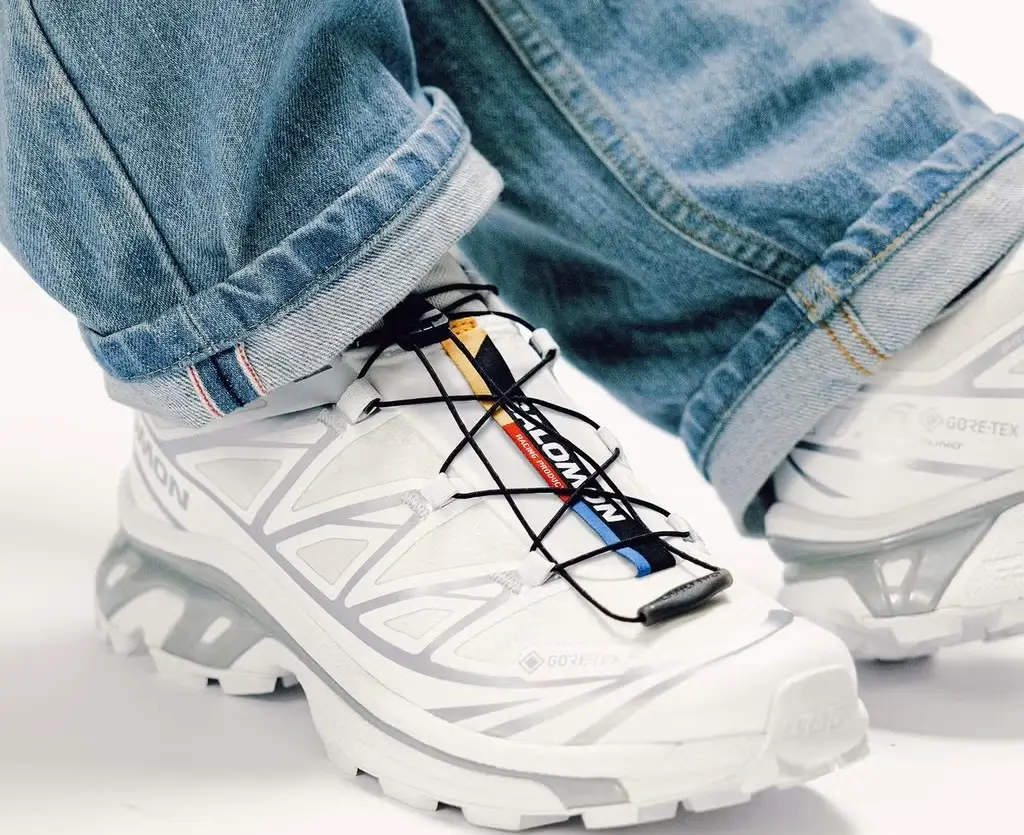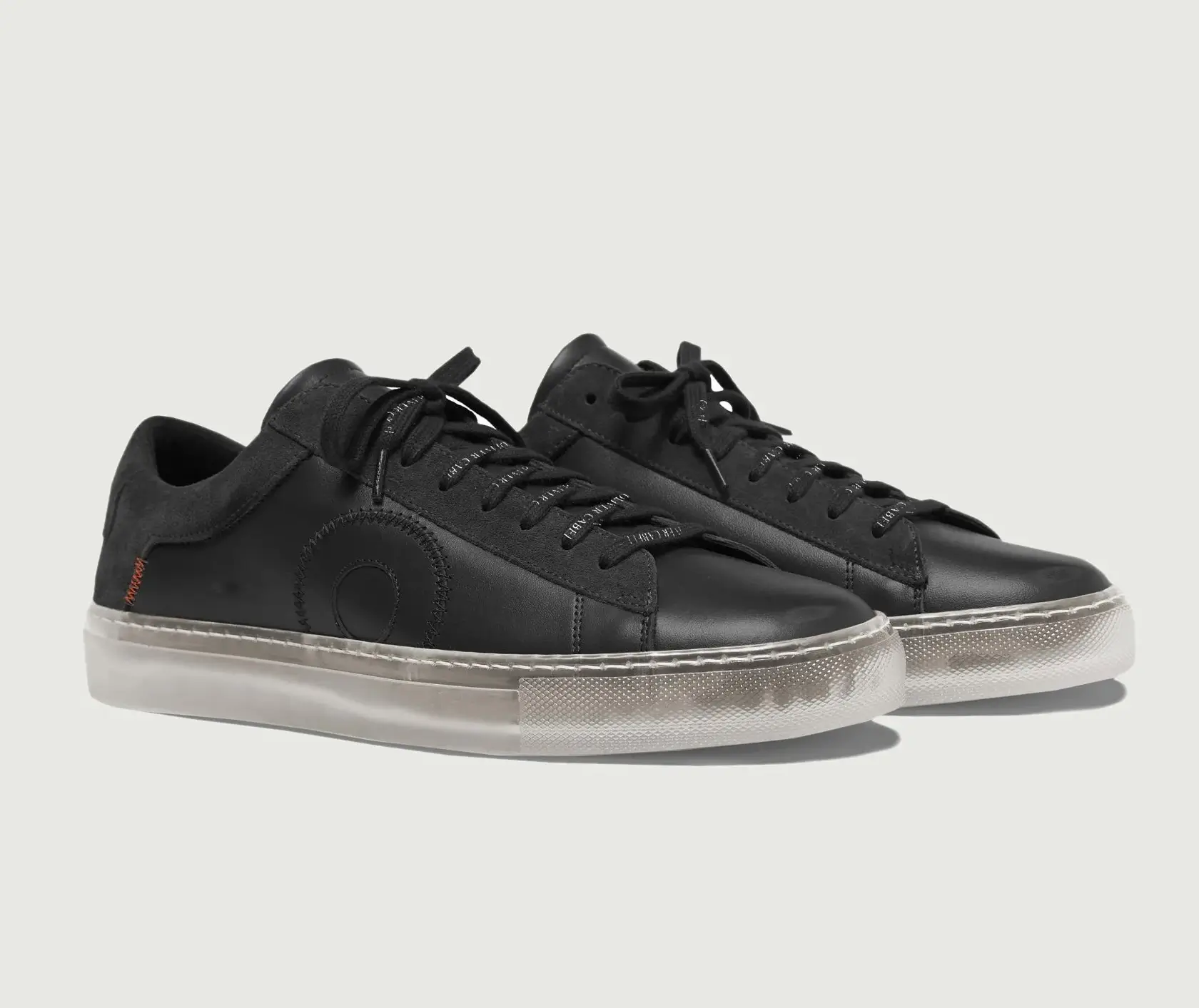Few shoe occupy the rare cultural space that the adidas Gazelle holds — a silhouette as comfortable on the hardwood as it is on the city street, as beloved by athletes as by artists, as much a symbol of rebellion as it is of refinement. On May 1st, the Gazelle Indoor returns once more, a testament to adidas’ unparalleled ability to revive its heritage icons without losing their original soul.
In a world of constant innovation and aggressive futurism, the return of a shoe like the Gazelle Indoor serves as a reminder: sometimes, greatness doesn’t need reinvention. Sometimes, it just needs to be brought back to life with respect, care, and just enough subtle evolution to meet the modern moment.
The Gazelle Legacy
The adidas Gazelle first graced the footwear landscape in the 1960s, originally designed as a performance training shoe. It was lightweight, versatile, and distinct with its low profile and streamlined build. Quickly, it became a fixture not only on the training fields but also in casual street culture — particularly across Europe, where terrace culture, Britpop bands, and fashion-forward youth movements embraced the Gazelle with almost religious fervor.
By the time the Indoor variant emerged, adidas had cemented itself not just as a performance brand but as a cultural powerhouse. The Gazelle Indoor offered something slightly different: all the streamlined, low-slung charm of the original Gazelle, but updated with an indoor gum sole, catering to indoor sports like handball, futsal, and court-based athletics.
This subtle distinction — a tweak more in function than in form — inadvertently created a new cult classic. The gum sole, with its semi-translucent glow, added a visual punch that set the Indoor apart, even beyond its intended athletic use.
Over the decades, the Gazelle Indoor has seen countless reimaginings, collaborations, and colorways, each iteration reaffirming its timeless status. Now, in 2025, its May 1st re-release feels less like a nostalgic cash-in and more like the ceremonial return of a monarch.
The May 1st Release: A Closer Look
For this latest drop, adidas preserves the essential DNA of the Gazelle Indoor while dialing up details that make it feel freshly relevant.
At first glance, the shoe honors tradition: the buttery soft suede upper, the signature T-toe overlay, and of course, the translucent gum sole — arguably the hallmark that gives the Gazelle Indoor its unique flair.
Yet there are subtle modernizations that elevate the experience: enhanced padding around the collar for improved comfort, slightly more breathable materials to meet today’s wearability standards, and a refined last (the mold around which the shoe is built) to ensure a sleeker, more contoured fit.
The colorways launching on May 1st lean heavily into the heritage palette: rich royal blues, deep burgundies, sandy beiges, and classic blacks. Each offers a nod to vintage aesthetics without veering into costume territory. It’s a masterclass in respecting legacy while remaining effortlessly contemporary.
The Three Stripes branding, rendered in crisp leather, provides stark contrast against the suede backdrop, and the gold “Gazelle” stamping along the side panel gives that final signature touch of understated haute.
More Than a Shoe: A Symbol
The Gazelle Indoor has always been more than a shoe. It is a vessel for identity. Across subcultures and generations, it has meant different things to different people.
For the football terraces of the ’70s and ’80s, it was part of the uniform of pride and passion — sneakers that could carry you from a tense match to an after-hours pub gathering without missing a step.
For the indie kids of the ’90s, the Gazelle was anti-establishment — worn not because it screamed wealth or exclusivity, but because it whispered authenticity. It was the shoe of Britpop legends, slung low beneath bootcut jeans and defiant attitudes.
In today’s streetwear landscape, where authenticity often feels like the rarest currency, the Gazelle’s appeal is perhaps stronger than ever. It offers a quiet confidence. It does not shout for attention with exaggerated soles or garish patterns. It does not require high-profile connections to be relevant. It simply exists — classic, self-assured, timeless.
Why the Return Matters Now
The timing of the Gazelle Indoor’s return feels uncannily right. Fashion and culture are undergoing a reflective phase — a pushback against overcomplication, a hunger for objects and styles that tell stories without trying too hard.
The footwear world, saturated with maximalist designs and tech-heavy gimmicks, is increasingly appreciating the power of simplicity done perfectly. In this environment, the Gazelle Indoor is not a retro throwback. It is a beacon.
Moreover, in an age when speed defines success, the Gazelle offers a reminder that staying power is the ultimate achievement. Trends come and go in waves, but a design that endures for half a century speaks to something much deeper: a connection to human movement, to style, to culture that transcends fleeting moments.
When adidas revives the Gazelle Indoor on May 1st, it is offering not just a product but an inheritance — a chance for a new generation to walk their own paths while stepping into the legacy of those who came before.
Final Reflections: Owning a Piece of Cultural Memory
There are shoes that complement outfits, and there are shoes that become part of you. The Gazelle Indoor belongs firmly to the latter category. To lace them up is to align yourself — consciously or not — with decades of independent spirit, understated cool, and athletic legacy.
It is an invitation to move freely, to stand confidently, to embrace the idea that true style does not expire — it evolves, it deepens, it carries the patina of every experience.
As the Gazelle Indoor steps back into the spotlight this May 1st, it brings with it not only impeccable craftsmanship but also a certain spirit: that to walk well is to walk authentically.
And sometimes, the best way forward is to honor the classics that taught us how to move in the first place.
No comments yet.








